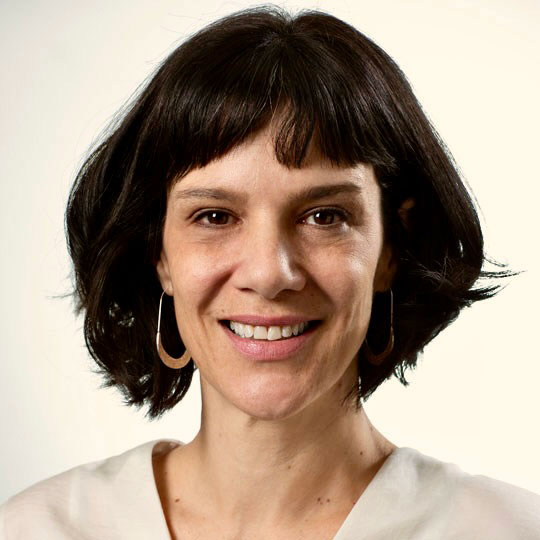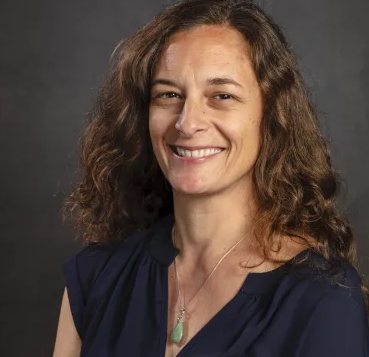Four Smithsonian scientists honored with Presidential Award
Ellen Stofan, Under Secretary for Science and Research, announced this week that four Smithsonian colleagues have been honored with the Presidential Early Career Award for Scientists and Engineers (PECASE)

Established by President Clinton in 1996, PECASE recognizes scientists and engineers who show exceptional potential for leadership early in their research careers. The award recognizes innovative and far-reaching developments in science and technology, expands awareness of careers in science and engineering, recognizes the scientific missions of participating agencies, enhances connections between research and impacts on society, and highlights the importance of science and technology for our nation’s future.
This year’s Smithsonian recipients are:
Astrophysicist
Smithsonian Astrophysical Observatory
Harvard | Smithsonian Astrophysical Observatory

Cecilia Garraffo, a Smithsonian astrophysicist, has made major advances in spin-down of stars, angular momentum evolution, and space weather around exoplanets. Her accomplishments include artificial intelligence applications, a SmallSat concept, and a post-baccalaureate program for underprivileged communities in astrophysics.
Learn more about Cecelia’s work:
AstroAI | Center for Astrophysics | Harvard & Smithsonian
Andrea Quattrini
Research Zoologist
National Museum of Natural History

Andrea Quattrini is a research zoologist at the National Museum of Natural History applying new genomic tools to resolve the evolution of corals and sea anemones. Her work has illuminated how these ecosystem engineers responded to climate change and mass extinctions over millions of years, while forecasting the future of coral reefs under global change.
Learn more about Andrea’s work:
- Torch | The Conversation: How to achieve an Instagram-worthy glow up
- Torch | Decades of research may help undo centuries of damage
Michael Johnson
Astrophysicist
Smithsonian Astrophysical Observatory
Harvard | Smithsonian Center for Astrophysics

Michael Johnson, a Smithsonian astrophysicist, discovered ordered magnetic fields around a supermassive black hole and developed new techniques for radio imaging and data processing. These were critical contributions to the international first image taken of a black hole in 2019.
Learn more about Michael’s work:
- Torch | Astronomers Reveal First Image of the Black Hole at the Heart of the Milky Way Galaxy
- Torch | The “Oscar of Science” goes to…
- Torch | Secretary’s 2018 Research Awards presented
Sabrina Sholts
Biological Anthropologist
National Museum of Natural History

Sabrina Sholts is a biological anthropologist at the National Museum of Natural History pioneering the emerging field of planetary health. She uses museum collections, historical epidemiology, and novel analytical techniques to understand the intersection of environmental and human health, in the past and for the future.
Learn more about Sabrina’s work:
Torch | Going viral: OUTBREAK weighs the risk of epidemics in a connected world
Past PECASE recipients include:
- 2015 recipient: Kristina Anderson-Teixeira, National Museum of Natural History
- 2014 recipient: Nick Pyenson, NMNH
- 2012 recipient: Rossman Irwin, National Air and Space Museum
- 2010 recipient/s: Justin Kasper, Smithsonian Astrophysical Observatory, and Pierre Comizzoli, Smithsonian Conservation Biology Institute (nomination via the National Institutes of Health]
- Ellen Stofan herself was a 1996 PECASE recipient when she worked for the Jet Propulsion Laboratory.
The White House press release about their honor can be found here.
Posted: 17 January 2025
- Categories:




